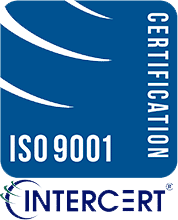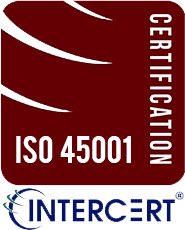Our commitment to sustainability
Wood recycling
The implementation of a sustainability project requires long-term commitment and collaboration from all business stakeholders. The approach should be flexible to adapt to changes in the economic and environmental context.
Wood recycling is a key aspect in promoting environmental sustainability. Below are some points related to the wood recycling process, quality certifications, and the associated benefits.
-
Selective Collection
It starts with the collection of wood from various sources, such as packaging, unusable panels, or custom-built volumes used for an exhibition setup.
-
Separation and Classification
The collected wood is sorted based on type and quality. For instance, chemically treated wood can be separated from untreated wood.
-
Chipping or Shredding
The wood is shredded or chipped to facilitate the subsequent processing steps. -
Cleaning and Removal of Contaminants
The wood is cleaned of any contaminants such as nails, screws, or paint that could compromise the quality of the recycled material.

ISO 9001:2015
ISO 9001:2015
Certificate of Registration
ISO 45001:2018
ISO 45001:2018
Certificate of Registration
Improved Sustainability
Improved Sustainability
Certificate of RegistrationReduction of Waste and Scrap
Wood recycling helps reduce the overall amount of solid waste, contributing to a cleaner and more sustainable environment.
Conservation of Natural Resources
Recycling wood reduces dependence on forest resources, helping to preserve forests and biodiversity.
Reduction of Carbon Footprint
Long-Term Sustainability
Support for Circular Economies
Benefits for Company Image
Adopting sustainable practices and using recycled materials can enhance a company’s image and reputation among environmentally conscious consumers.